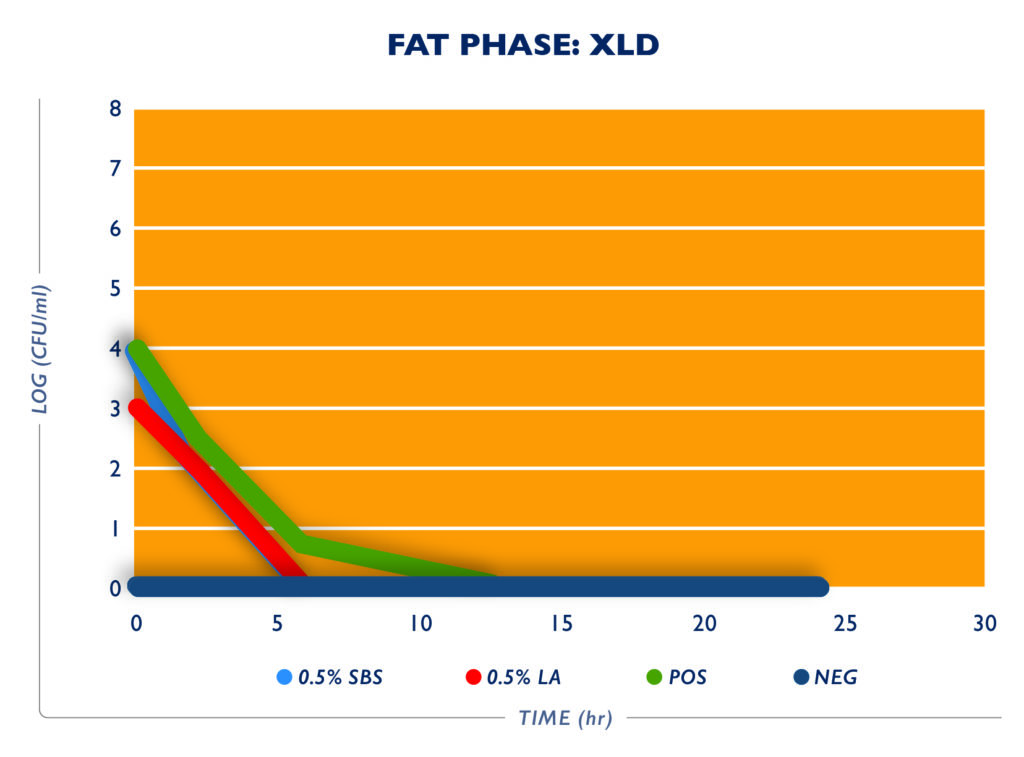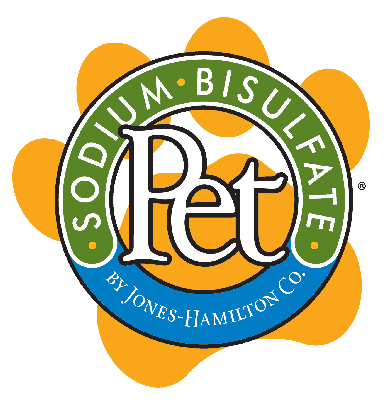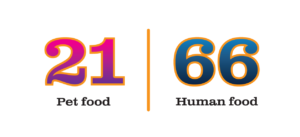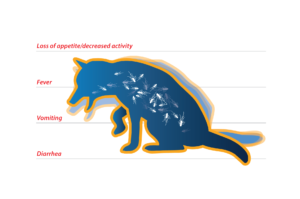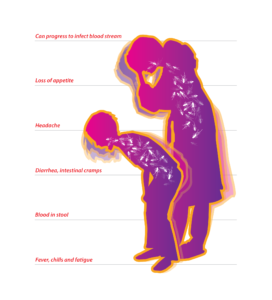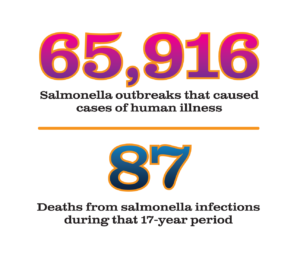Salmonella and Petfood: The Reality and the Recalls
Why the laser focus on Salmonella in Petfood?
Dry Petfood and Salmonella
The pet food manufacturing process includes heat lethality steps (the pre-conditioner and extruder) that make the incidence of Salmonella relatively low. However, instances of contamination continue to occur, likely the result of recontamination after the extruder. This recontamination could potentially occur from growth of Salmonella inside the conveying system or possibly from airborne dust in air-handling systems. If either is the case, it is also likely the Salmonella detected are only on the surface of the kibble which could allow a surface-active compound to prove effective.
Using Acids for Salmonella Control
Acids have the potential to control Salmonella by lowering the pH. Acids that are in a physically dry state have an advantage for Salmonella control as they can be made into a powder that can be dusted onto the kibble without reacting with the surface. Liquid acids will react with the surface components, causing them to be neutralized by proteins and other buffering agents they come into contact with, thus rendering them less effective for Salmonella control.
It is also important to note that acid strength impacts its ability to control Salmonella. Acid strength is denoted by pKa value (Figure 1). The lower the pKa value the stronger the acid.
Acid Strength5 |
|
| Acid | pKa Value |
| Sodium Bisulfate | 1.99 |
| SAPP | 2.10 |
| Phosphoric Acid | 2.16 |
| Citric Acid | 3.14 |
| Acetic Acid | 4.75 |
| Propionic Acid | 4.87 |
Research conducted at independent laboratories indicates that sodium bisulfate, the main ingredient in SBS Pet™, has been shown to control Salmonella contamination on the surface of extruded dry pet food. (Aldrich, 2012).
The Power to Control Salmonella in Dry Petfood
In a study done at Kansas State University, ten different dry, extruded commercial cat and dog foods were inoculated with dry Salmonella enterica at day 0. SBS Pet™ was applied as a coating at a rate of 0.0, 0.6 and 0.8% to cat food, and 0.0, 0.2 and 0.4% to dog food. Salmonella was then tracked over the course of 14 days.
SBS Pet™ was shown to reduce Salmonella contamination by one to two logs when applied to dry, extruded pet food (Tables 1 and 2) without affecting palatability.
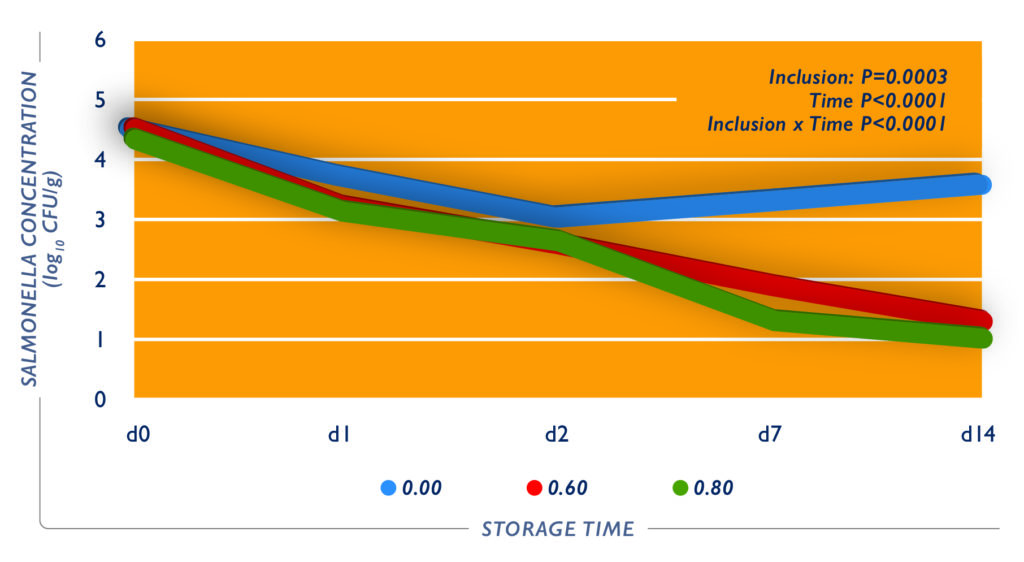
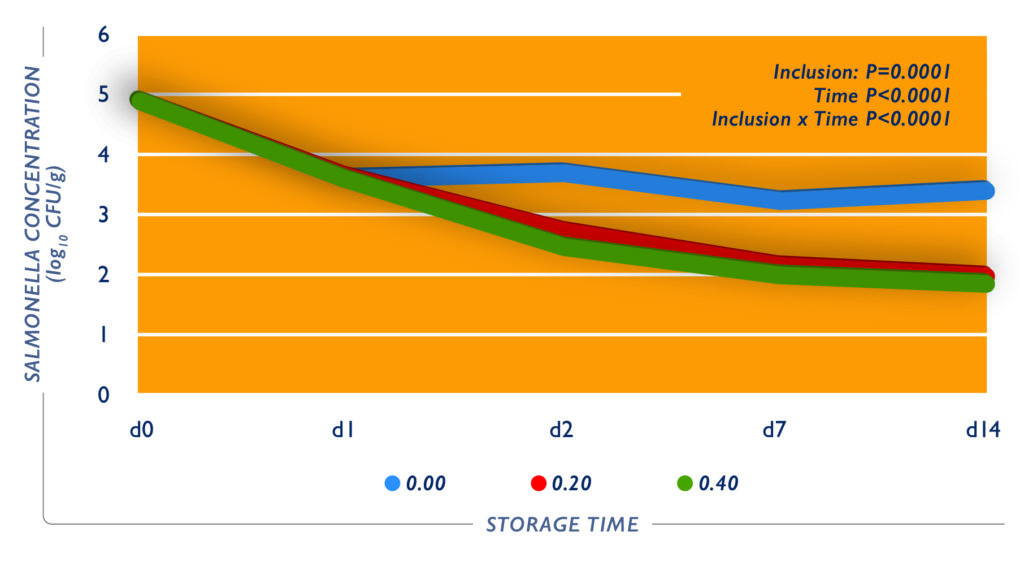
Learn more about the mode of action of SBS Pet
Reducing Salmonella in Rendered Fats
Another potential source of Salmonella contamination is the fat and flavors commonly coated on dry pet foods to increase energy density and enhance palatability. In a separate study done at Kansas State University, researchers found that SBS Pet™ reduced Salmonella in rendered chicken fat contaminated from the residual water encountered during storage and transport.
Alone SBS Pet™ was more effective than lactic acid at 0h with a >4 log reduction at 2h and a complete kill for both treatments at 6h (Table 3).
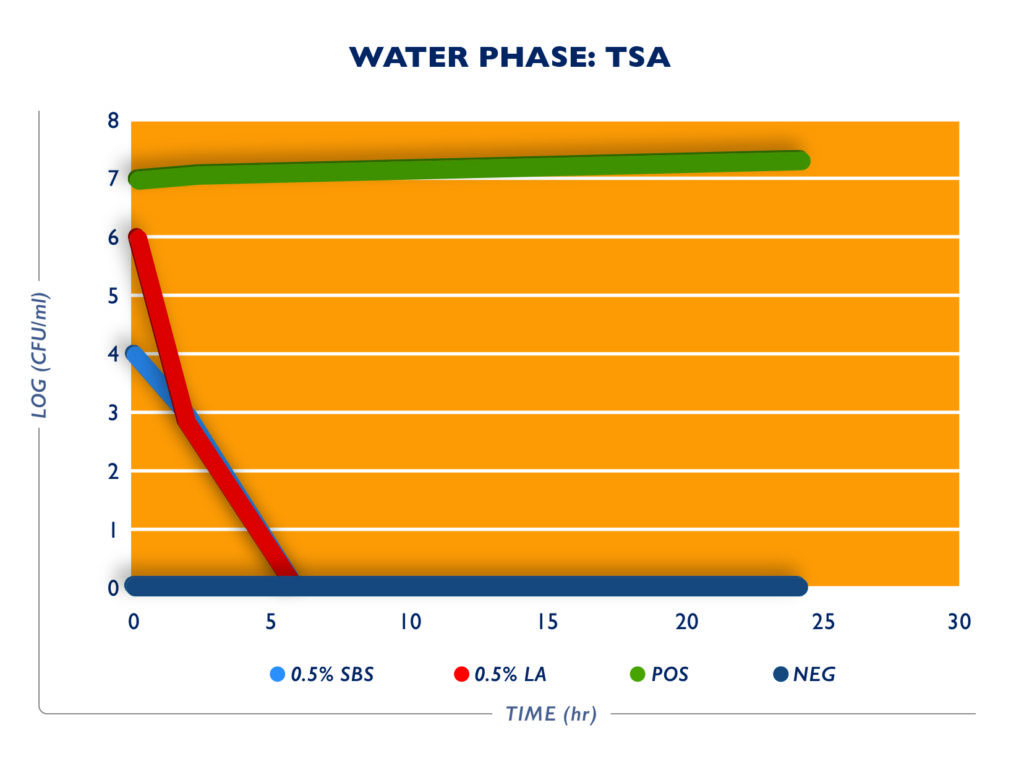
In the fat phase, only a >4 log reduction was detected regardless of treatment, and by 12h Salmonella were not detected in any treatments in the fat phase as it does not support Salmonella growth (Table 4).
